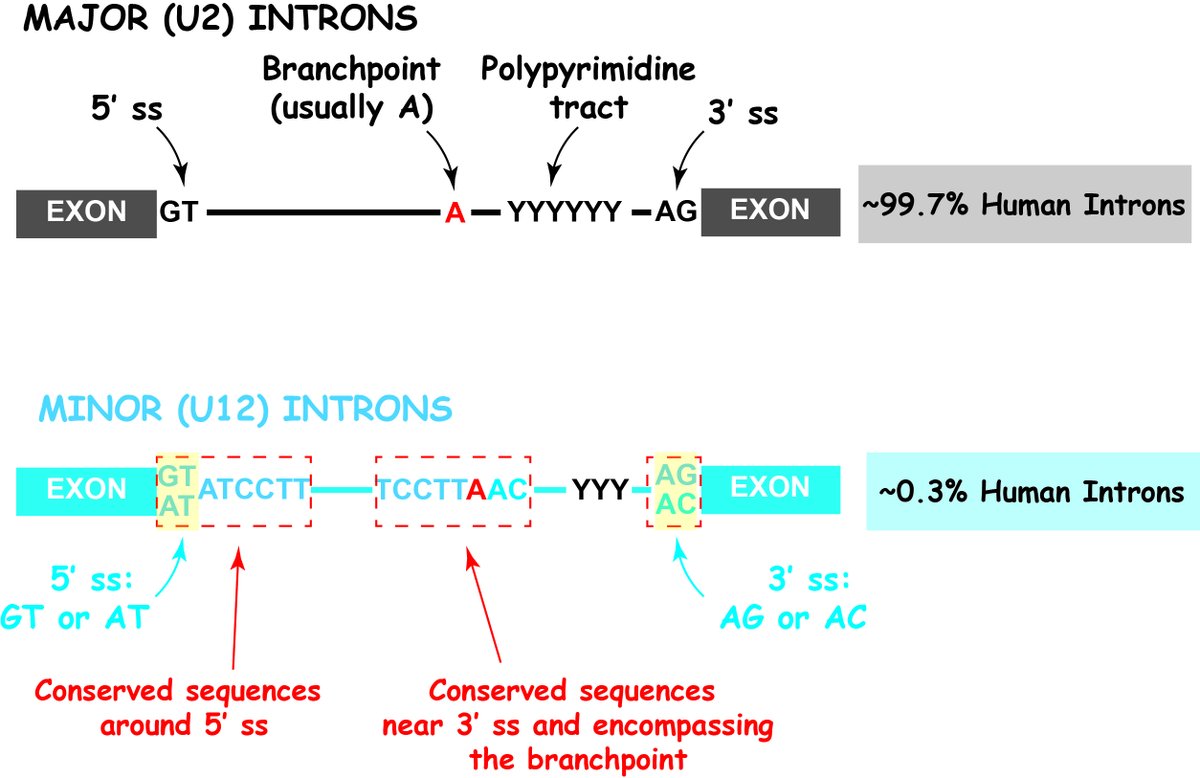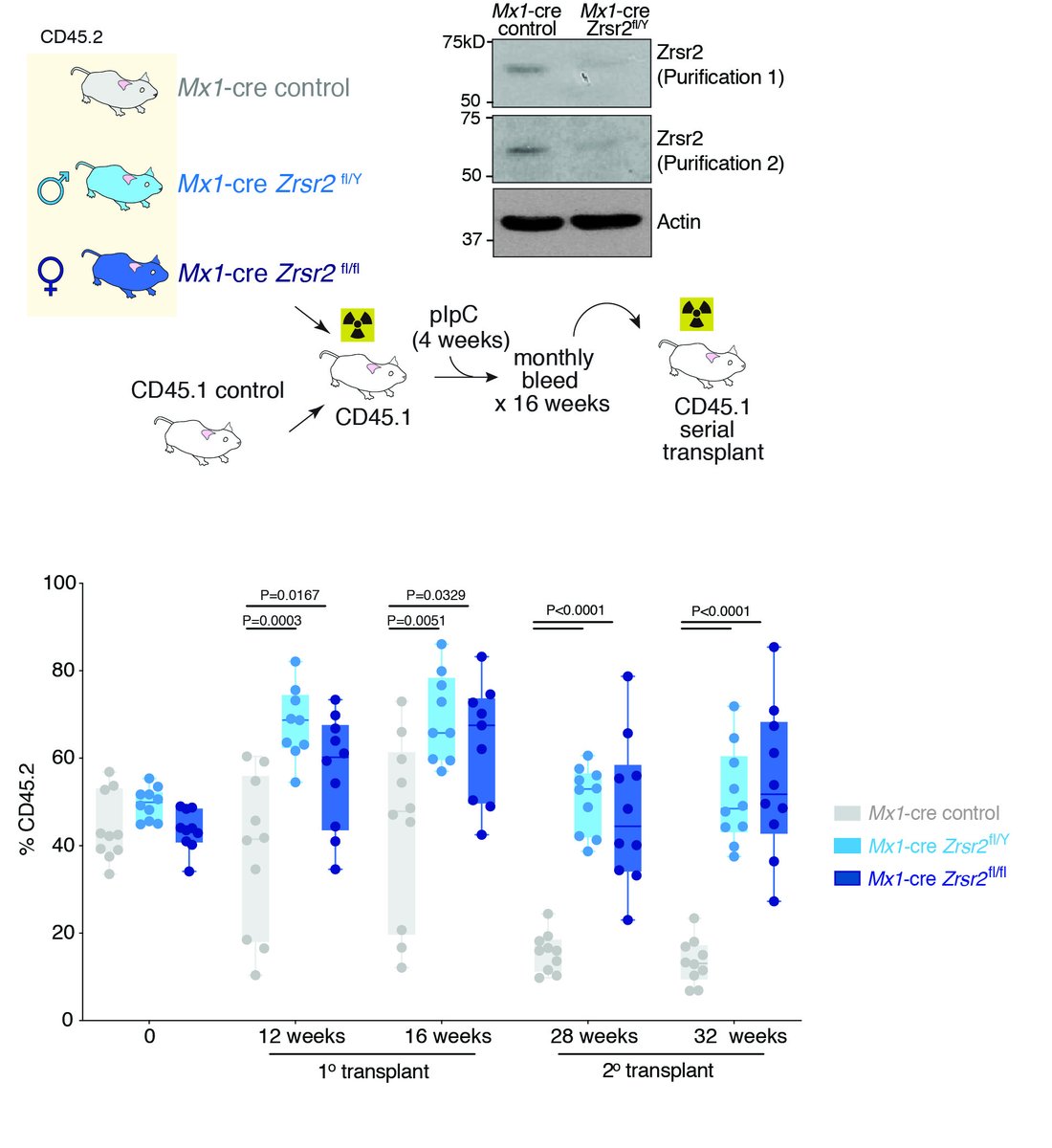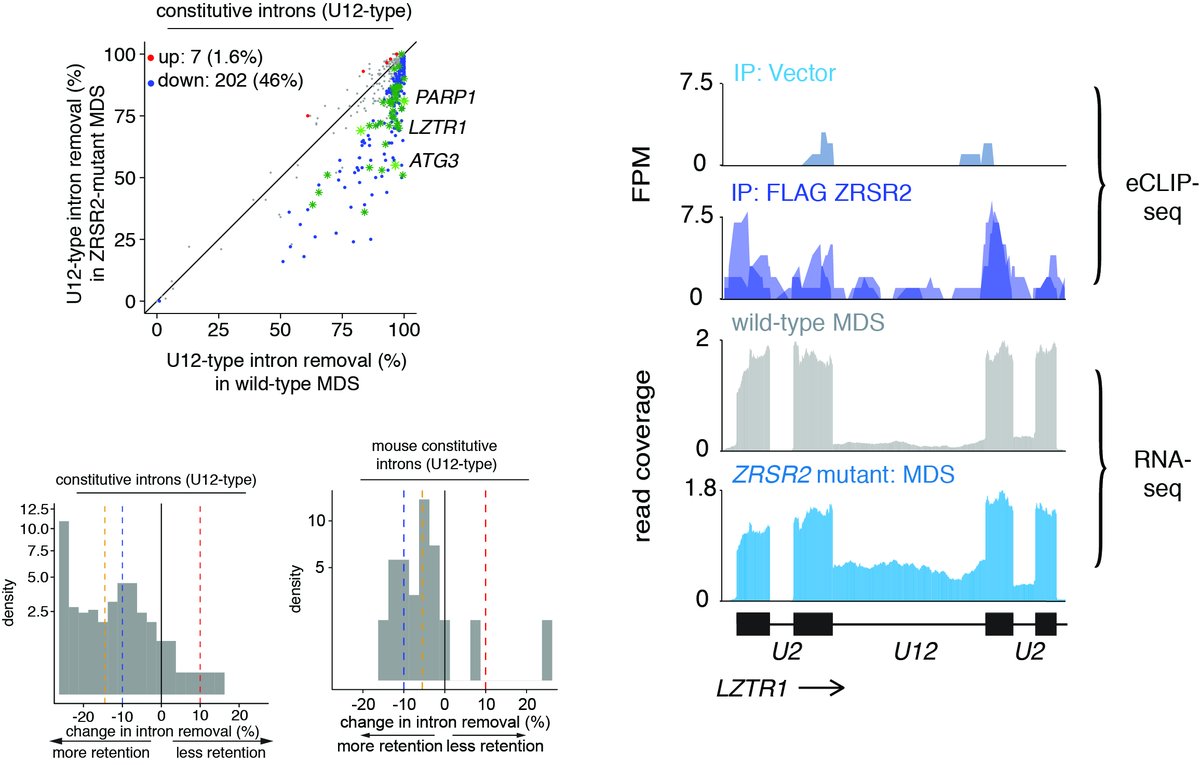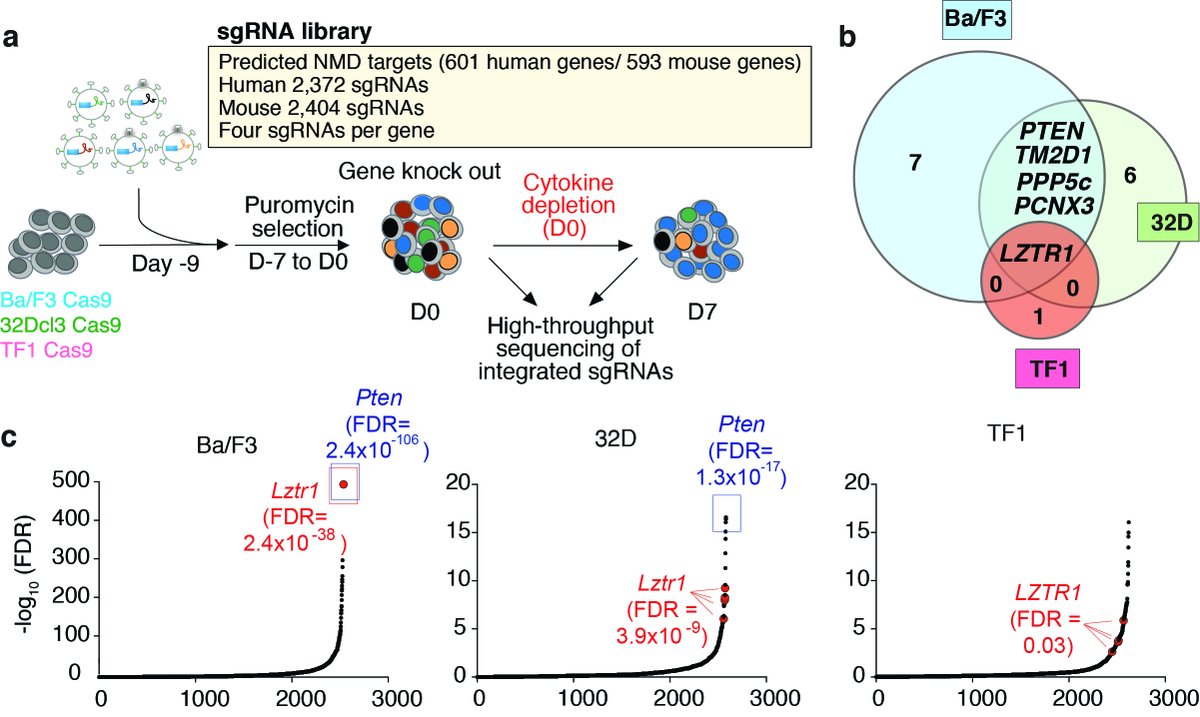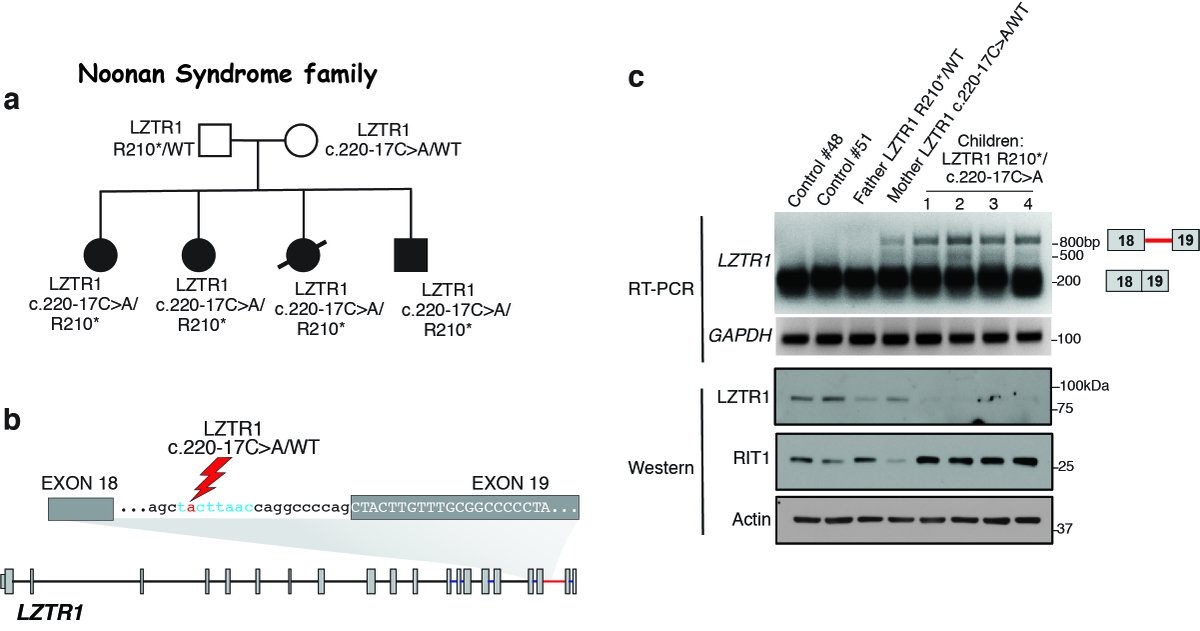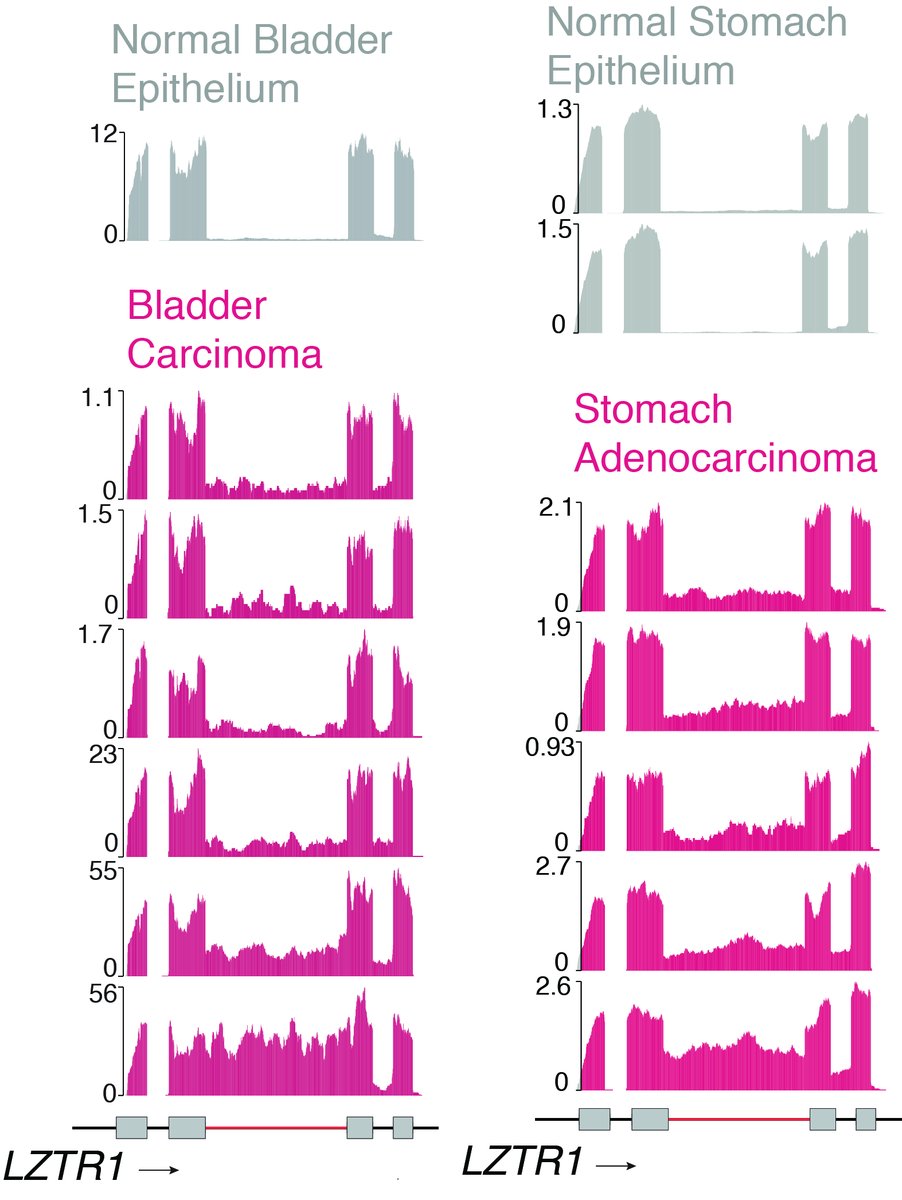We are excited to announce our paper in @NatureGenet uncovering a role for minor introns in clonal hematopoietic disorders, Noonan Syndrome, and a diverse number of cancers. A collaboration between our lab ( @sloan_kettering) and @bradleybio ( @fredhutch): https://www.nature.com/articles/s41588-021-00828-9">https://www.nature.com/articles/...
2.Most eukaryotes have 2 splicing machineries: the major & minor spliceosome. The minor spliceosome recognizes <0.5% of the introns in the human genome. Since their discovery, biological roles for minor introns have been enigmatic.
http://3.In"> http://3.In work co-led by @DaichiInoue5, Jacob Polaski, and @TaylorJ_MD we identify that deletion of the minor spliceosome regulatory protein ZRSR2, frequently mutated in MDS and AML, enhances hematopoietic stem cell self-renewal.
4.We mapped ZRSR2 responsive introns across patients and mouse hematopoietic cells using RNA-seq and anti-ZRSR2 eCLIP-seq to find a subset of ZRSR2 regulated introns.
5.Beautiful work from Jose Pineda @bradleybio identified unique branchpoint features of ZRSR2 regulated introns. Please see Jose’s prior great paper in @GenesDev:
http://genesdev.cshlp.org/content/early/2018/04/17/gad.312058.118">https://genesdev.cshlp.org/content/e...
http://genesdev.cshlp.org/content/early/2018/04/17/gad.312058.118">https://genesdev.cshlp.org/content/e...
6.We then performed a CRISPR functional enrichment screen to identify those ZRSR2 regulated splicing events which may be associated with clonal advantage in hematopoietic cells.
7.This revealed a surprising discovery of mis-splicing of the minor intron of the CUL3 adaptor regulating RAS GTPas abundance LZTR1 in ZRSR2-mutant MDS and AML.
8.With wonderful help from @castel_pau & the Frank McCormick lab ( @frankpmccormick) we found that mutations within LZTR1’s minor intron itself was transforming to hematopoietic cells and present in Noonan Syndrome ( @noonansyndrome, @Noonan_Syndrome) as well as Schwannomatosis.
9.Moreover, in analyzing LZTR1 minor intron regulation across the pan-can #TCGA dataset, @chewomics ( @csi_singapore) identified widespread impaired LZTR1 minor intron excision across cancers (the basis for which we are actively working to understand now):

 Read on Twitter
Read on Twitter